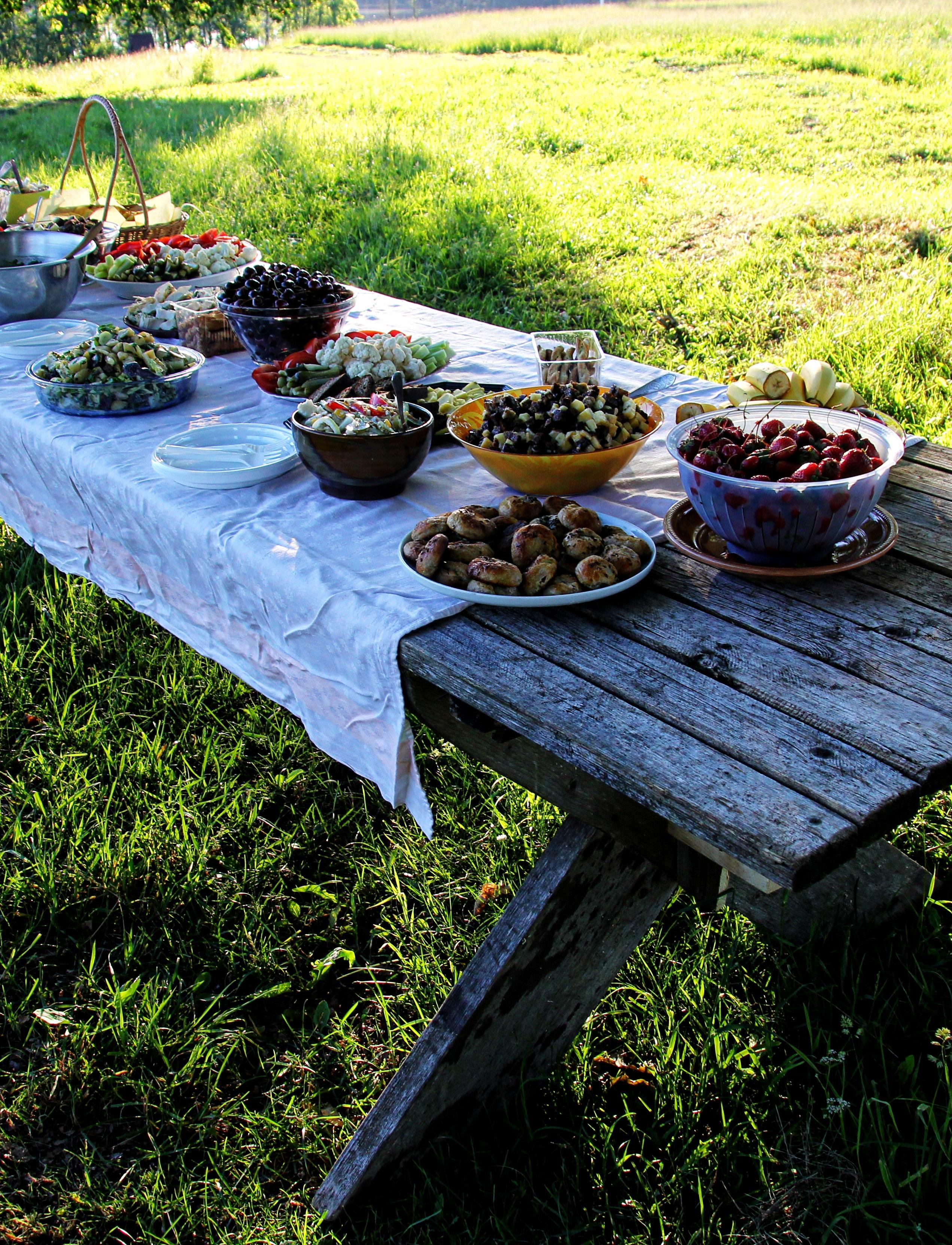
3 minute read
Ruminations
Ruminations is brought to you as part of Saltbush – Uniting the Scattered Community. The Uniting Church Synod of NSW & ACT oversees this work as an encouragement to all rural Christian communities and their leaders, irrespective of size or location. You are invited to share this issue of Ruminations with others.
Editors: Mark Faulkner
Geoff Wellington
Tim Jensen
Peter Overton
Monique Potter
Uniting the Scattered Community
PO Box 221 Canberra City, 2601
0477 720 151 saltbush@nswact.uca.org.au https://saltbushcommunity.uca.org.au/

Please consider donating to support Saltbush – Uniting the Scattered Community and through it Ruminations. Information on financially supporting can be found on the back cover.
©Saltbush 2023. All articles and images in this publication have been used by permission or purchase. Please get permission before reprinting.
Rev Yvonne Ghavalas is a minister in the Uniting Church in Australia, finding grace in the wide open spaces of the Riverina, joy in the diversity of community, and a rhythm to life in prayer and play.
Kirsty Baker is a Lay Minister, Holy Cross Anglican Church, Canberra. Kirsty has also led a strong group of people who have for years provided food to those in need through The Tuckerbox.
Tracey Austwick is a lay leader in the Uniting Church and based in Canberra ACT and Tathra NSW. Tracey is an encourager of others and works towards new expressions of Christian community within the wider community. Tracey participates in Saltbush - Uniting the Scattered Community
Nathan Tyson works with the Synod of NSW & ACT in the role of Director, First Peoples Strategy and Engagement. Nathan is an Aboriginal man who has spent most of his life in Sydney and is of Anaiwon/Gomeroi descent.
Rev. Mark Faulkner | Director of Rural and Remote Ministry Initiatives
Our theme is “Table” which is of course broad. Who uses “Table” as a journal’s one word theme?! This isn’t a wood working journal! The table of course has a long history and it’s around the table that many great meals, treaties, decisions and conversations have been shared, shaped and entered into. The painting by Braque, from the Cubist movement (early 20th. C), reflects something of the complexity and multi-layers that go towards making up the history and social place of the table – in Braque’s painting it’s as if the table has a life of its own with many different layers that tell a story. What are all the conversations heard! The meals or drinks shared around it! The uses and places the table has been!
How lonely is an empty table and a dining room in a house that’s never used. How pointed is the image of Putin sitting at one end of his 6-metre-long soulless white table with French President Macron being seated at the far end. How sad when the family table is never used and meals always eaten in front of the television.
And yet the table set in the kitchen which becomes the focus of a meal of great proportions and hospitality is a wonderful thing. The memory of meals around the table with wider family, at weddings, celebration times, friends known for years. The table at the café; people sipping coffee while watching the world go by. The table handed down from one generation to another; from another time and era which holds a presence within.
As it’s written in Proverbs: A bowl of vegetables with someone you love is better than steak with someone you hate. (15:17)
Of course, in the Jewish Christian tradition there is a long history of the meal at the table and the centrality of the shared space. The most memorable of these is what we often call the Last Supper, which is placed within the Jewish festival of the Passover meal. The old becoming something new. There in the simplicity of bread and wine is the meaningful and eternal.
As part our Table theme, with this issue of Ruminations comes a Table Liturgy for Communion, written by Rev. Yvonne Ghavalas. The Saltbush team wanted to include this as another little step to broadening our experience of communion and the experience of the meal around the table. Take Yvonne’s liturgy: use it, add to it, shape it amongst the people you gather with. More hard copies are available if you wish and it’s also there to download on our website.
We also have other stories here of the broad table and people being welcomed in ways and times of need. Real accounts, actions, people who are inviting others into the meal, the food, the greeting, inspired by the simplicity of the Christian faith as followers of Jesus Christ.

Perhaps alongside this issue of Ruminations there is the opportunity for us as individuals, or even as congregations, to consider the way the table, hospitality, welcome, the meal have been, or could be, a part of our lives. An opportunity for us to ponder the way we welcome others, the meals we might invite people to, the liturgy of communion and what that feels and looks like to the stranger and the place of the table as part of our history, our lives and our relationship with others.





